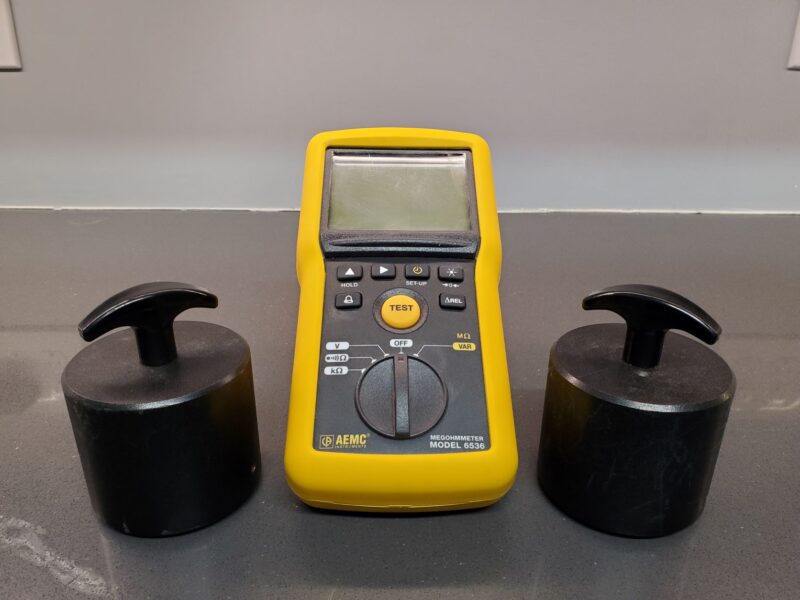Protect Sensitive Machinery Against Electrostatic Discharge
Laboratories, clean rooms, hospitals, computer rooms, and manufacturing facilities all working with sensitive components are at an increased risk of electrostatic discharge when the flooring is not properly installed to mitigate naturally occurring static charges. If this electrostatic discharge is not properly mitigated, serious damage can occur to the electronic components and machinery. Moore Engineering Services provides performance ESD testing services of ESD flooring and other flooring types to determine compliance with static dissipation and grounding requirements necessary for routine facility maintenance.

MOORE QUOTES
Moore Engineering continues to help our company reduce costs through their engineering knowledge and expertise.
Scott Moore is undoubtedly one of the most serious, honest, and knowledgeable people in the business.
Moore Engineering provided reliable and accurate results in a professional manner, at an affordable price.